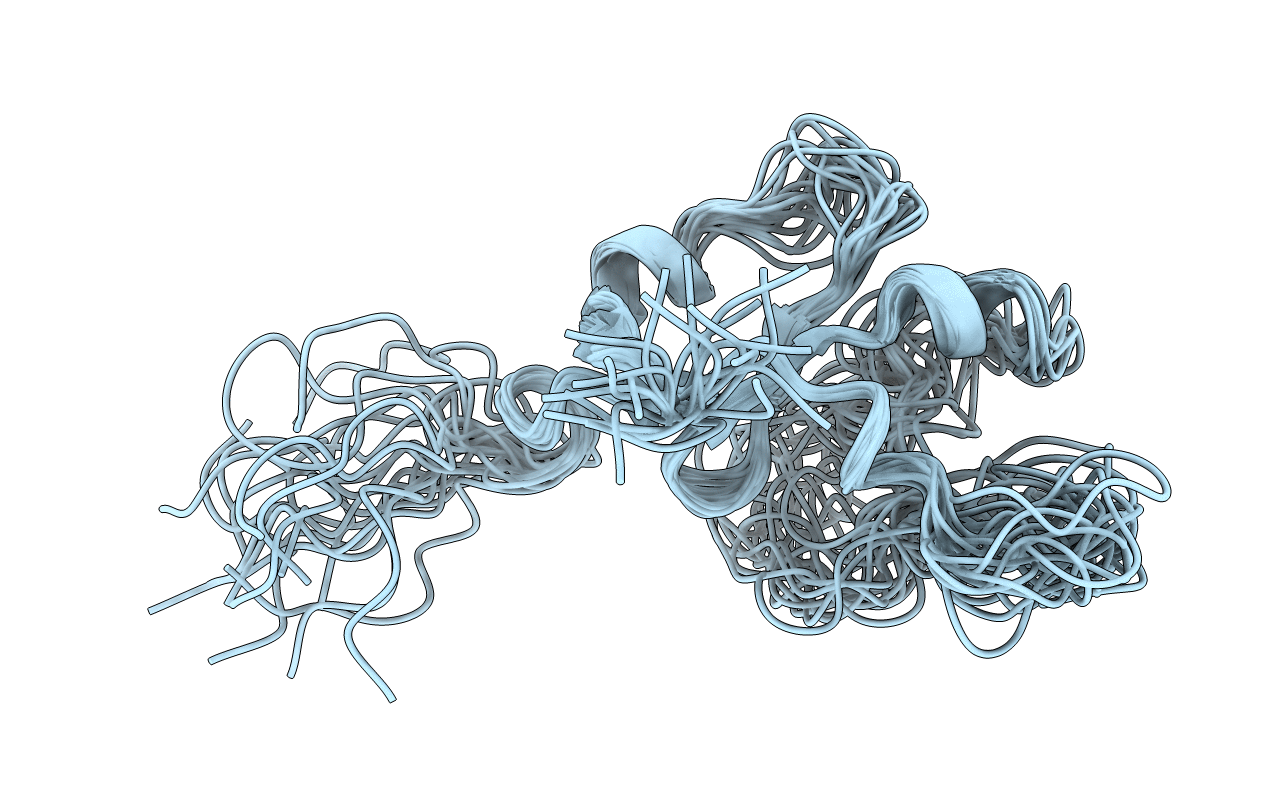
Deposition Date
2001-03-12
Release Date
2001-05-16
Last Version Date
2024-05-22
Entry Detail
PDB ID:
1I87
Keywords:
Title:
SOLUTION STRUCTURE OF THE WATER-SOLUBLE FRAGMENT OF RAT HEPATIC APOCYTOCHROME B5
Biological Source:
Source Organism:
Rattus norvegicus (Taxon ID: 10116)
Host Organism:
Method Details:
Experimental Method:
Conformers Calculated:
100
Conformers Submitted:
20
Selection Criteria:
structures with the lowest energy


